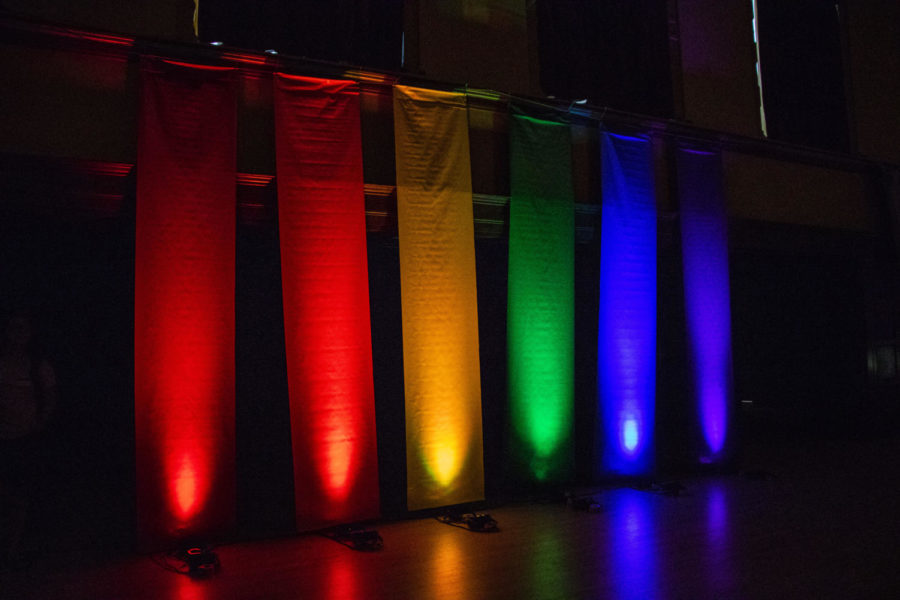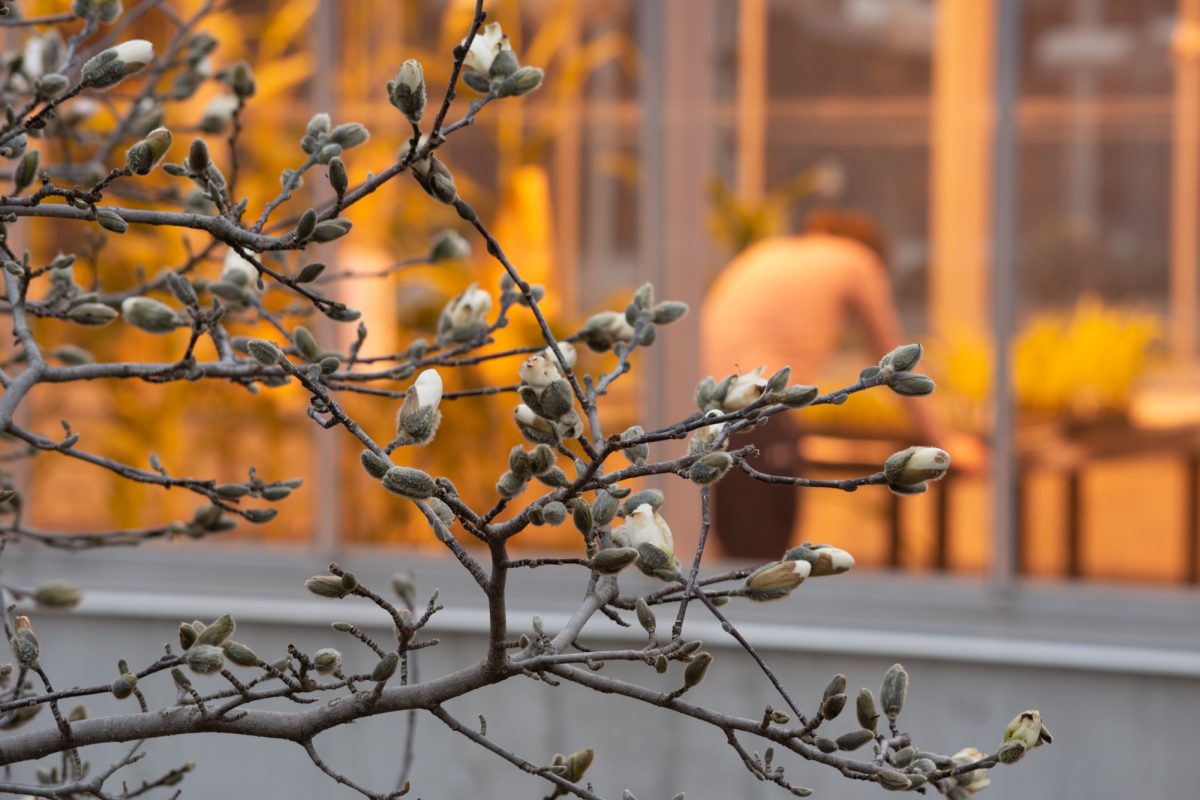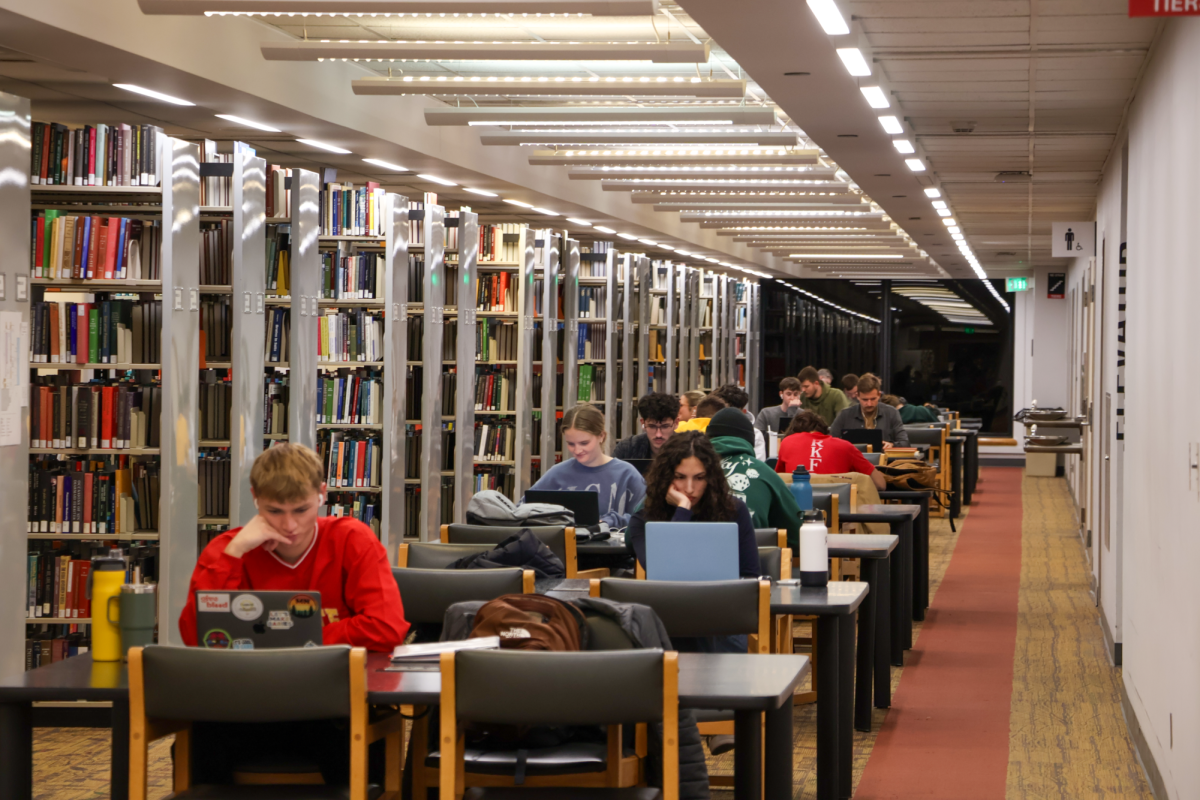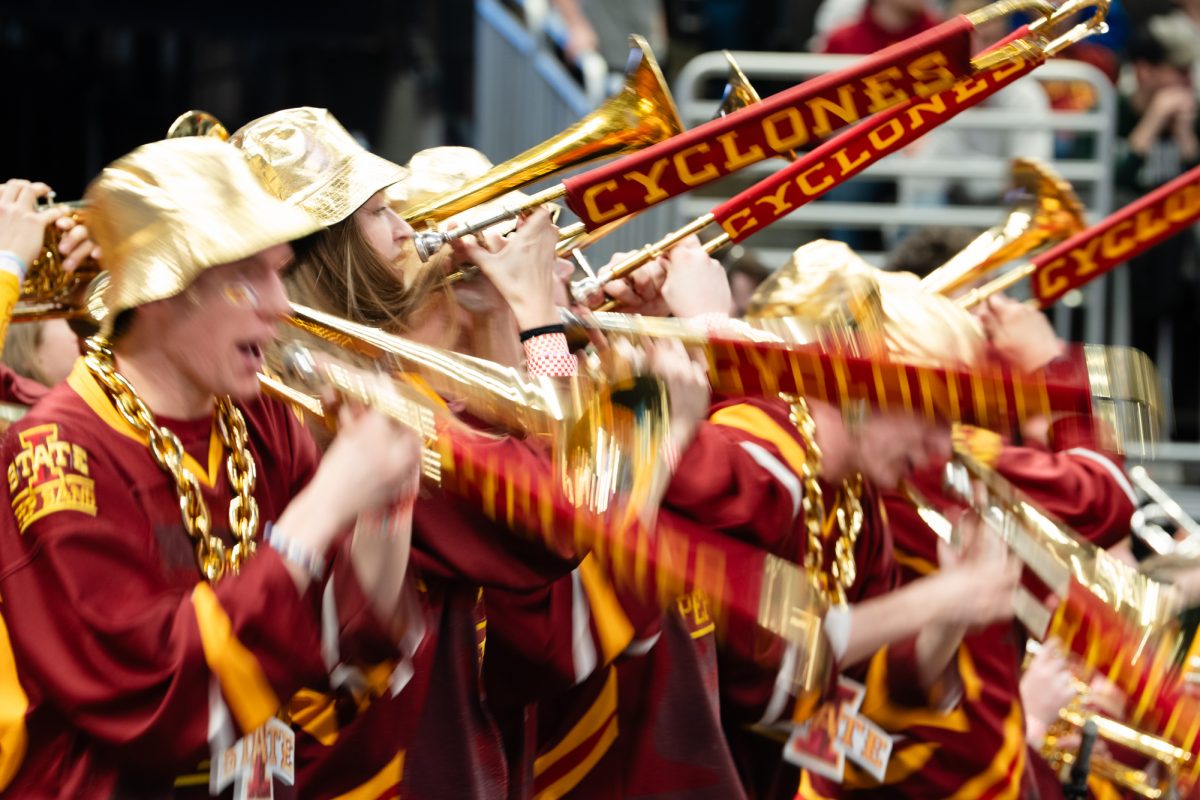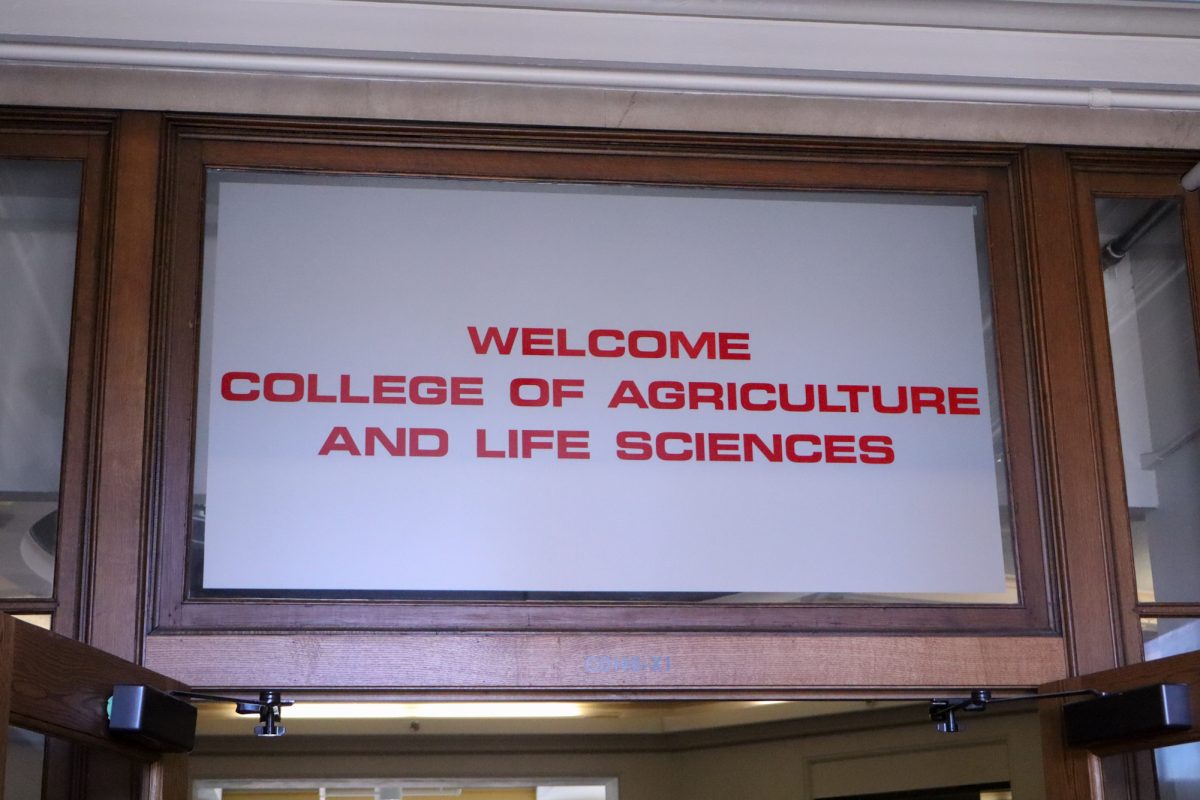Suicide rate greater within the LGBTQIA+ community
September 17, 2018
Suicide is the second leading cause of death among young people aged 10 to 24, but LGBTQIA+ youth are at an even higher risk, according to The Trevor Project.
Research surrounding the larger LGBTQIA+ community is limited. Throughout the story, statistics used represent the LGB – lesbian, gay, bisexual – community.
According to The Trevor Project, LGB students contemplate suicide rates at almost three times the rate of heterosexual youth and are almost five times as likely to have attempted suicide.
“I often think of [suicide] from the lens of a continuum, where A is ideation, B is contemplation, C is attempt and D is completion,” said Mark Rowe-Barth, director of Student Wellness. “Suicidality is individualized, its different for everyone. Sometimes it takes only a short time, maybe straight from contemplation to completion.”
Each instance of physical or verbal harassment or abuse increases the likelihood of self-harming by 2.5 times, according to The Trevor Project. Verbal abuse affects all age groups, not just young adults, and is even prevalent with children, as witnessed in the Jamel Myles’ case.
Jamel Myles was a 9-year-old boy from Colorado. Myles came out as gay to his mother while curled up in the backseat of the family car, and she accepted him instantly, which, for many, is the dream coming-out story. Myles began wearing fake fingernails on Aug. 20, the first day at school.
“Pierce’s oldest daughter told her that other children had told Jamel to kill himself after he came out as gay,” according to reporting from the Denver Post. “She never heard about the taunting until after his death.”
Leia Pierce, Jamel’s mother, found Jamel’s body on Aug. 23 and tried unsuccessfully to revive her son. Myles was rushed to a hospital, where he was pronounced dead.
Bullying does kill, according to the Bullying Statistics website.
“Bully victims are between two to nine times more likely to consider suicide than non-victims, according to studies by Yale University,” according to the website. “A study in Britain found that at least half of suicides among young people are related to bullying.”
A student at Iowa State came forward to talk about their experience with anxiety and depression and the help they found at Iowa State. They asked the Daily to not include their name since They have not come out about their sexuality.
“The first time I had a panic attack was over [being a part of the LGBTQIA+ community], and not knowing whether I could safely say something around a group of friends,” the student said.
“There was a group of friends and I who went camping, and we were all sitting around the fireplace and were like ‘hey what if we like said who we had crushes on in high school’ and took turns,” the student said. “I hadn’t told anyone that I was bisexual and wasn’t sure if I should bring up who I had crushes on because I just wasn’t sure how the crowd would take it.
So I ended up not saying anything and was just in the moment really nervous and was shaking. It was really noticeable and I was like ‘oh I’m just cold, don’t worry about it.'”
When talking about the help they received on the Iowa State campus, the student recommended the Student Counseling Services because it is free and students can customize the amount of time and sessions they want. They also offer opportunities to speak with other people in the community.
“I went into [getting set up with someone from the community] not thinking I had a lot of options because I don’t have the insurance to cover something like that and I’m not able to cover that out of pocket being a student,” they said. “So I kind of went in there expecting to be disappointed, but it turned out better than I thought it would. They were able to find something that worked with all those concerns I had.”
The student added it would be beneficial to students if they were able to receive long-term, inexpensive counseling.
“Depression isn’t just being sad all the time, it’s a lot of different things,” the student said. “It’s being numb, it’s being guilty, it being lonely but also not wanting to be around people. Its all those sorts of things and different for each person. It’s a lot of physical things, it messes with sleeping, it messes with eating and it’s hard to separate [depression] from everything else that’s going on in your life.”
Acceptance is important, especially for college students, at this point in life, where they are trying to find their identity.
“About four-in-ten (39 percent) of LGBTQIA+ adults say that at some point in their lives they were rejected by a family member or close friend because of their sexual orientation or gender identity,” according to the Pew Research Center website.
This is directly correlated to suicide because The Trevor Project website states LGB youth who are from highly rejecting families are 8.4 times as like to attempt suicide compared to LGB peers who reported no or minimal family rejection.
On the Iowa State campus there are places to find help, one of them being the Center for LGBTQIA+ Student Success.
The office provides one on one appointments with students by either walk-in or scheduled appointment. They are also able to meet outside the Center if it makes the student more comfortable, said Clare Lemke, assistant director of the Center for LGBTQIA+ Student Success.
“We’re here to provide support in that we’re here to problem solve with students and we’re here to listen and get them connected to resources on campus,” Lemke said. “We want students to know that we are here, that we care and that if students are struggling, we really want students to connect with us.”


